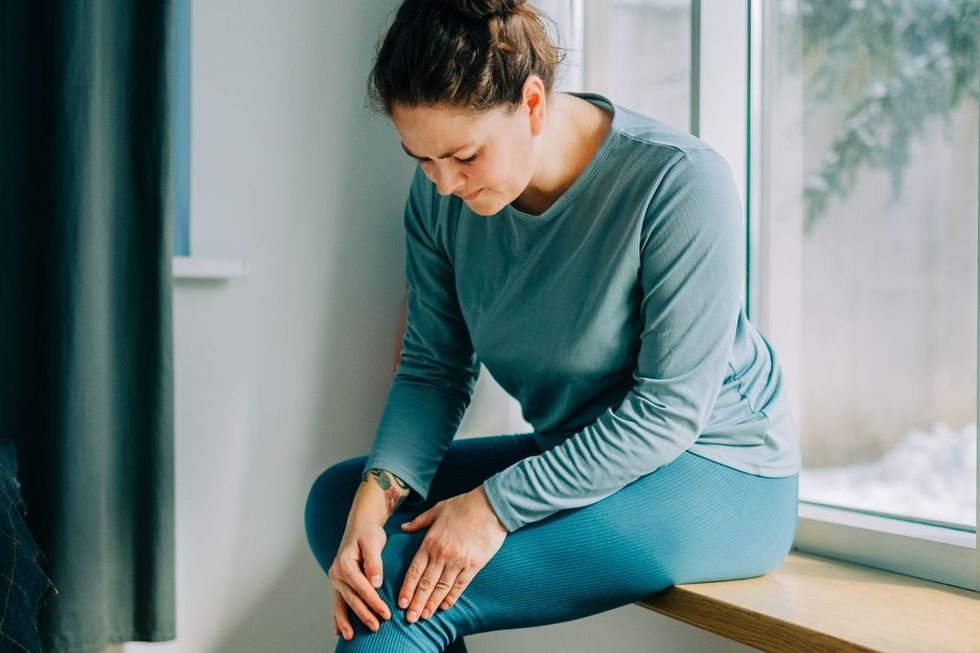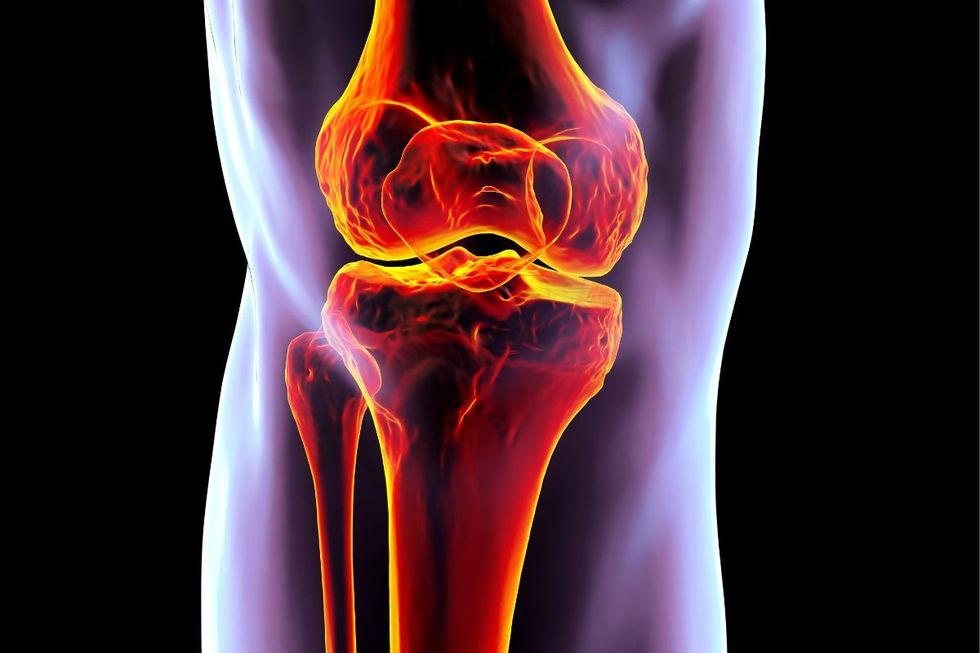A groundbreaking research has demonstrated that modifying strolling patterns can ship ache reduction equal to medicine whereas concurrently decelerating cartilage deterioration in osteoarthritis sufferers.
The year-long randomised managed trial, performed by scientists from the College of Utah, New York College, and Stanford College, represents the primary placebo-controlled analysis proving biomechanical interventions efficient for osteoarthritis therapy.
Individuals who altered their foot positioning throughout strolling skilled vital ache discount in comparison with these receiving sham therapy.
The analysis gives contemporary hope for the almost 25 per cent of adults over 40 residing with this debilitating situation, which ranks among the many major causes of incapacity globally.

The analysis staff focused on sufferers affected by mild-to-moderate osteoarthritis affecting the medial compartment of the knee, the situation's most prevalent type.
Not like earlier trials that utilized similar interventions throughout all individuals, researchers employed a personalised methodology to find out optimum foot angle changes for every particular person.
Scott Uhlrich, assistant professor of mechanical engineering at Utah's John and Marcia Value Faculty of Engineering, defined that earlier research produced inconclusive outcomes as a result of they did not account for particular person gait variations.
The tailor-made method excluded individuals for whom no foot angle modification may scale back knee stress, doubtlessly explaining why earlier analysis yielded blended outcomes relating to ache reduction.
The 68-participant trial divided topics into intervention and management teams following preliminary assessments utilizing pressure-sensitive treadmills and motion-capture know-how.
Intervention individuals acquired personalised foot angle changes of both 5° or 10°, whereas the placebo group maintained their pure strolling patterns.
Each teams accomplished six weekly laboratory coaching periods utilizing biofeedback gadgets that offered light vibrations to information correct foot positioning.
After twelve months, individuals within the intervention group reported ache discount starting from over-the-counter medicines like ibuprofen and stronger narcotics.
MRI scans revealed slower cartilage degradation markers within the therapy group, demonstrating measurable structural advantages alongside symptomatic enchancment.
The intervention's long-term viability represents a big benefit, notably for youthful sufferers dealing with a long time of ache administration earlier than joint substitute turns into mandatory.
LATEST DEVELOPMENTS
- Britons advised to eat cholesterol-lowering nut half-hour earlier than meals for decrease blood sugar ranges
- Dementia: Dietitian names meals that 'contribute to plaque construct up within the mind'
- Well being skilled warns a whole bunch may die of measles with out main increase in vaccination

Nevertheless, scientific deployment requires substantial streamlining of the present motion-capture prescription course of, which stays costly and time-intensive.
Researchers envision future therapy supply via bodily remedy clinics, enabling sufferers to apply modified strolling patterns of their native neighbourhoods slightly than laboratory settings.
Uhlrich famous that his staff has developed cell sensor know-how, together with smartphone video evaluation and clever footwear, to personalise and ship interventions in scientific environments.
Further research should validate this streamlined method earlier than widespread public availability turns into possible.
